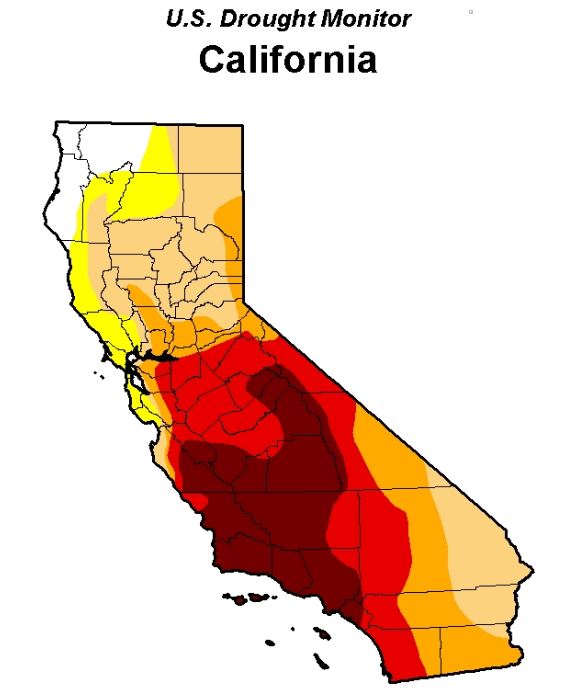The Environmental Protection Agency (EPA) estimates that 75% of the U.S. waste stream is recyclable, yet only about 30% of it is recycled. Even though individuals can be more diligent in their daily lives, businesses can make a larger difference at a greater scale, while setting a precedent for people within their company. This weekend’s America Recycles Day, celebrated on November 15, is a great opportunity to take action.
In addition to the obvious positives for the planet, risk professionals should be aware that sustainability initiatives can also create business value—saving money, advancing reputation and building a better community of people, among other benefits. While sustainability risk management is a newer area of business strategy, many companies have proven how profit and success can align with green strategies and policies, as well as the negative effects of not complying.
As the global focus on sustainability continues to gain traction, creating good sustainability practices could be the way to future-proof businesses from tomorrow’s policies. Some tips on how to start making a difference right now include:
Instituting a Green Policy
A green policy is a company’s statement about its commitment to sustainability and environmental management. It should contain components such as a declaration, what the company is trying to achieve, and how it will accomplish these goals, all of which will help put the plans in place and achieve them. It will not only position the company well—showing both staff and prospective clients or customers where the company stands on the issue and how it intends to carry out its green objectives—but will also show that the company is trustworthy enough to be transparent in its efforts.
Businesses can use this accountability to inspire action. Packaging retailer RAJA’s operations director Mark O’Neill explained how this culpability helps the team to keep pushing sustainability efforts: “We recognise our responsibility to protect the environment and are committed to continual improvement in sustainability. Our business is internally audited once per year. This ensures we are accountable and aligned with our core green policy point, adopting best practices to our activities wherever practicable.”
An Eco-Training Program
Once the green policy is in place, the company will need its staff on board too. Generally, people wantto be responsible, but knowing what can be recycled, how to recycle it and where to recycle it can cause confusion. By educating employees on ways to be more eco-responsible, rather than just telling them they are expected to be, they can feel confident in their choices, and the impact that they can have.
America Recycles Day (November 15) or other environment-related occasions are the ideal time to work on these issues. For example, the company could send out a quick survey to staff beforehand, gauging gaps in their knowledge, then hold a kick-off event that will provide information that will be useful for their life both inside and outside of the office, while answering any questions they may have. The company can also incentivize eco-responsible behavior, reinforcing good habits around the office.
Greener Energy: Reduce and Renew
According to a recent Deloitte study, over half of U.S. businesses have increased their commitment to renewable energy in response to reports warning of a worsening climate crisis. There are also ways for businesses to reduce their overall energy use, regardless of whether it is renewable or not. The company can start as small as making its lighting eco-friendlier with energy-efficient LED lights and putting timers on the building’s thermostats to limit unneeded energy use.
And, ensure staff switch off monitors, projectors and TV screens at the end of the day to conserve energy through the night.
Having the business go remote can also help your business become greener. For one, people are traveling to and from work less during the COVID-19 pandemic.
buy udenafil online https://royalcitydrugs.com/udenafil.html no prescription
According to Global Workplace Analytics, if people worked from home just half the time, the nation could save over $700 billion per year. If the company’s staff is now working from home, it can be useful to pass on the same information for employees’ home offices, including tips on how to save energy by via their lights, thermostats and monitors.
Providing Staff Green Goods
Providing staff with gifts is a good way to incentivize them to become more eco-conscious, and it can help the company be greener as a community, too. It is estimated that somewhere between 4.8 million tons of plastic enters our oceans each year, taking hundreds of years to biodegrade, if at all. Two cost-effective items the company could provide its employees are a reusable water bottle and a reusable coffee cup. The United States is the leading consumer of coffee in the world, at 400 million cups of coffee a day, while studies suggest that Americans make their way through 2.5 million plastic bottles every hour. These two items, therefore, will help to make businesses more streamlined in its eco-responsibilities, while also addressing bigger environmental problems.



